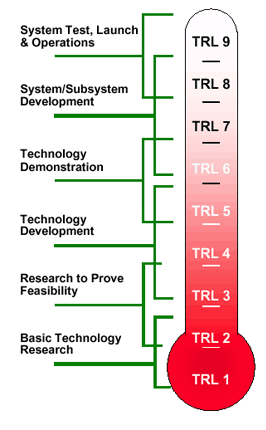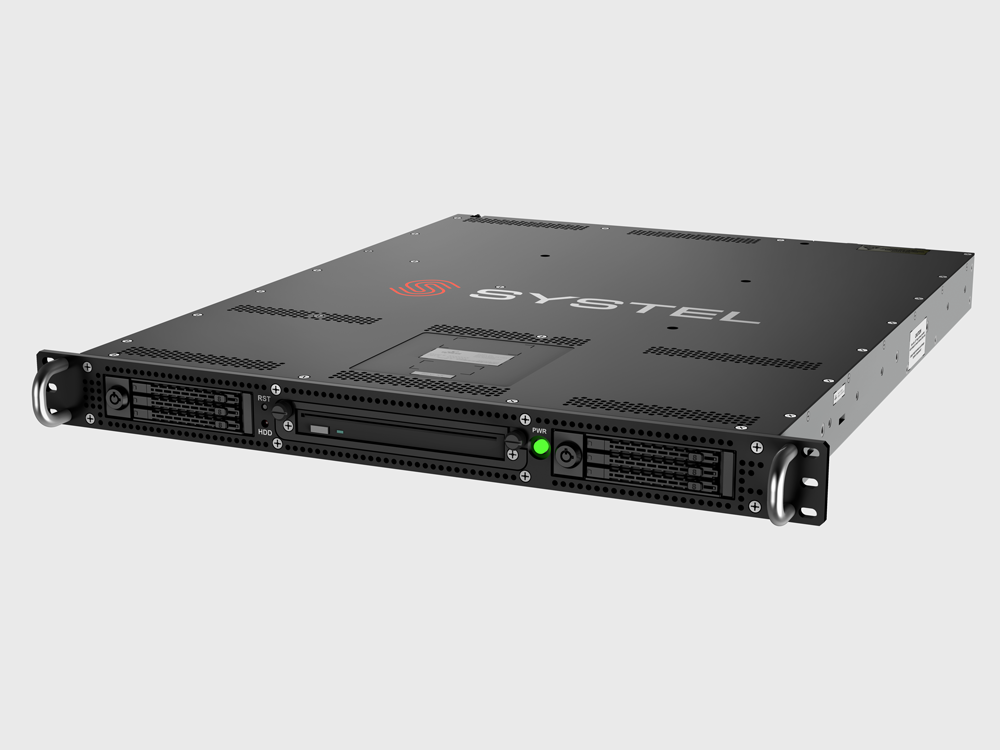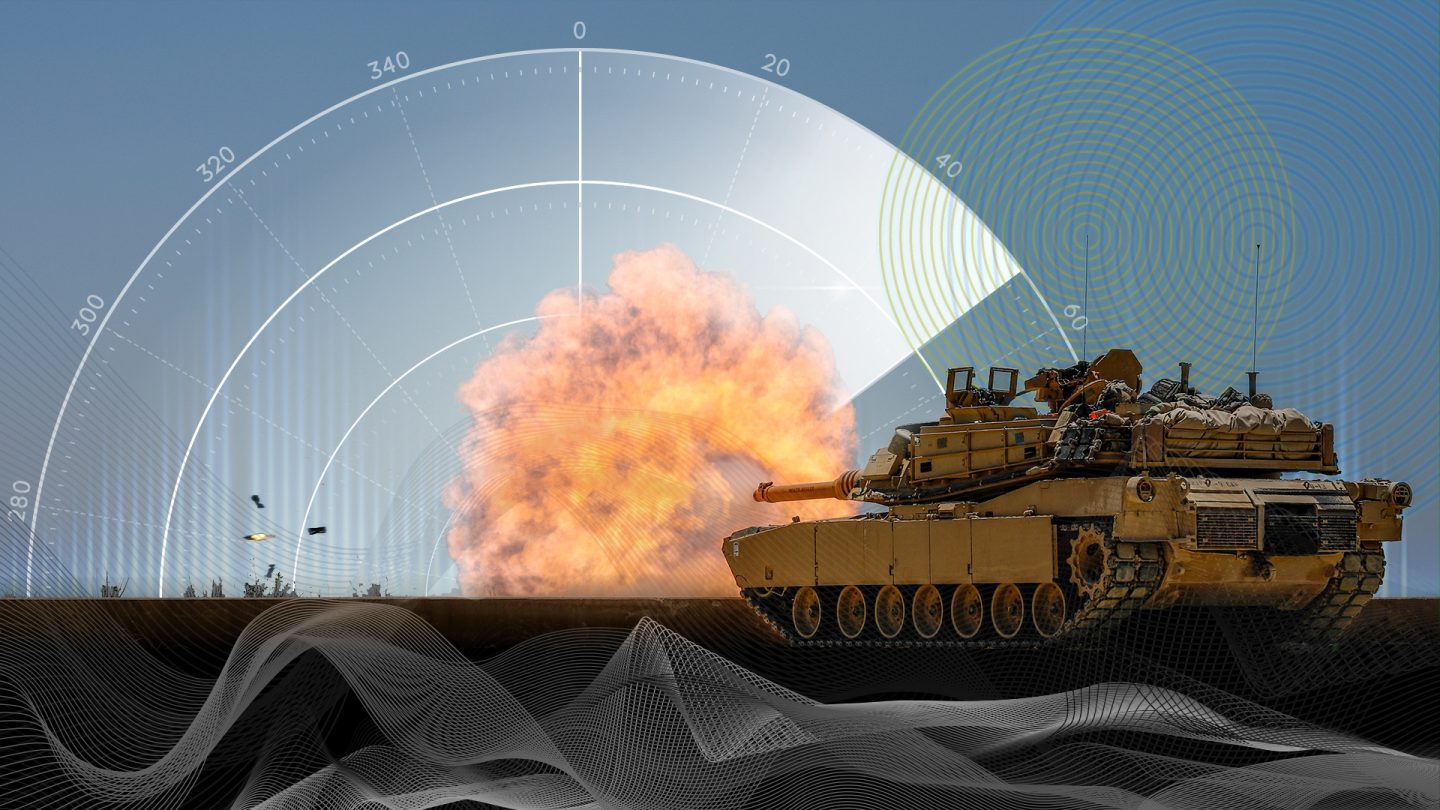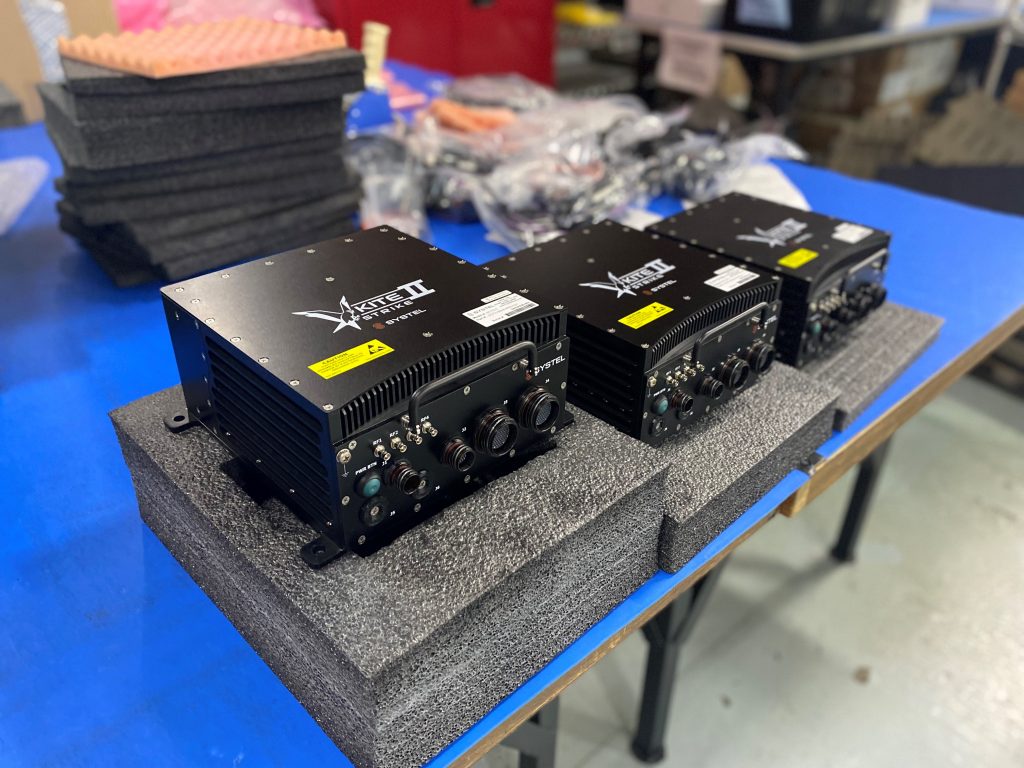Understanding Technology Readiness Levels in Rugged Computing Development

Understanding Technology Readiness Levels in Rugged Computing Development
In an industry that is defined by the rigors of its operating environments, the importance of employing state-of-the-art technology in the design and manufacture of rugged computers for defense and industrial mission-critical applications is paramount. A crucial aspect is the Technology Readiness Level (TRL) of components and systems involved.
In this blog post, we will take a look at TRLs, why they are indispensable for our industry, and how they can lead to developing robust products that reliably perform in the harshest conditions.

NASA TRL Meter – Wikimedia Commons
What Are Technology Readiness Levels?
Technology Readiness Levels (TRLs) are a method for estimating the maturity of technologies during the acquisition phase of a program. TRLs enable consistent and uniform discussions of technical maturity across different types of technology.
The method was developed by NASA in the early 1970s to measure the development of different types of technology uniformly and consistently. The TRL scale has been adopted by other organizations such as the US Department of Defense, the European Space Agency, the European Commission, and the International Organization for Standardization
The original framework consisted of seven levels, but it has since evolved to include nine levels. The nine levels can be grouped into three main stages: research, development, and deployment.
Let’s break down each level:
TRL 1: Basic Principles Observed and Reported
At this stage, scientists observe and document basic principles. It’s mainly theoretical, with no practical application.
TRL 2: Technology Concept and Application Formulated
Here, the technology concept is formulated. This is still at an early stage and is largely speculative.
TRL 3: Analytical and Experimental Proof of Concept
This is where active research and development begin. Experiments are conducted to prove that the concept has practical potential.
TRL 4: Component and/or Validation in a Laboratory Environment
Basic technological components are integrated and tested in a laboratory environment. This is the first step in demonstrating that a technology component or system is functional.
TRL 5: Component and/or Validation in a Relevant Environment
The technology is tested in an environment that closely simulates real-world conditions.
TRL 6: System/Subsystem Model Demonstrated in a Relevant Environment
A model or prototype is tested in a relevant environment. It’s close to the final product and is a significant step in readiness. This represents a major step up in a technology’s demonstrated readiness.
TRL 7: System Prototype Demonstration in an Operational Environment
The prototype is tested in an operational environment, usually the conditions in which it will be deployed.
TRL 8: Actual System Completed and Qualified Through Tests and Demonstrations
Technology has been proven to work in its final form and under expected conditions. In almost all cases, this TRL represents the end of true system development. The product is nearly ready for mass production and full-scale deployment but might undergo further refinements.
TRL 9: Actual System Proven Through Successful Mission Operations
Actual application of the technology in its final form and under mission conditions, such as those encountered in operational test and evaluation. This is the final stage, where the technology is in its final form and has been proven to work successfully in real-world operations. For rugged computers, this would mean the systems have been deployed in defense or industrial settings and have been proven to perform reliably.

Learn about our rugged rackmount compute solutions
Download The Product SheetWhy Are TRLs Crucial for Hardware Development?
Risk Mitigation
Ascertaining the TRL of a product enables stakeholders to make informed decisions by evaluating the risks involved at different stages of development.
Resource Optimization
By focusing on technology that is at an appropriate readiness level, companies can optimize their resources. This is imperative for sectors that are always under pressure to innovate while adhering to stringent program schedules and budgets.
Regulatory Compliance
In defense and industrial applications, compliance with regulatory requirements is critical. Understanding and adhering to TRLs help in ensuring that the products developed are in sync with industry standards and regulatory compliances.
Enhanced Communication
TRLs provide a standardized language that enhances communication among different departments within an organization and with external partners. This, in turn, expedites the development process.
Implementing TRLs in Rugged Computing Development: A Path to Excellence through Rigorous Evaluation
A thorough evaluation of technology at various TRLs ensures that only those technologies that meet the strict criteria for ruggedness are carried forward. This is crucial for ensuring reliability under extreme conditions.
Customized Development
Understanding TRLs enables manufacturers to customize the development process according to the specific needs of defense and industrial mission-critical applications.
Future-Proofing Products
By focusing on higher TRLs, companies can develop products that are not only relevant today but also provide technology upgrade paths through modular designs for future requirements. This leads to extended product life cycles, reduced obsolescence, and better returns on investment.
Building Confidence
Employing TRLs in the development process serves as a testament to a company’s commitment to excellence. This, in turn, builds confidence among clients and stakeholders.
TRLs in the DoD’s Acquisition Process
Technology Readiness Levels (TRLs) play a critical role in the Department of Defense (DoD) acquisition and development processes. The DoD, given its mandate for national security, must ensure that the technologies it employs are reliable, effective, and can be deployed in a timely manner.

Aerial view of the Pentagon, Arlington, VA – Wikimedia Commons
TRLs serve as a standardized framework for assessing and communicating the maturity of technologies and are integrated into DoD’s risk management and decision-making processes.
TRLs help the DoD in several ways:
Risk Assessment and Mitigation: By understanding the TRL of a technology, the DoD can assess the risks associated with its integration into defense systems. For instance, a technology at a lower TRL might be considered too risky for near-term deployment.
Budgeting and Resource Allocation: TRLs inform the DoD in making budgetary decisions. For example, technologies at TRL 4 or 5 might receive funding for further development, while those at lower TRLs might be deemed as long-term investments.
Communication and Collaboration: TRLs provide a common language that facilitates communication between different branches of the military, contractors, and other stakeholders. This helps in the efficient execution of projects.
Compliance with Defense Acquisition Regulations: The Defense Acquisition System (DAS) mandates the use of TRLs. Knowing the TRLs helps ensure compliance with DAS and other relevant regulations.
Tailoring TRLs to DoD Requirements
The DoD has adapted the general TRL scale to meet its specific needs. Some examples include:
Mission Relevance: The DoD places emphasis on demonstrating technology in a relevant or operational environment (TRL 6 and 7) that closely resembles the conditions where the technology will be deployed.
Systems Engineering: The DoD has integrated TRLs with systems engineering processes to ensure that the technology not only matures but also meets the specified requirements for integration into complex systems.
Manufacturing Readiness Levels (MRLs): Alongside TRLs, the DoD also considers MRLs, which focus on the manufacturability of a technology. This helps in assessing if a technology can be reliably produced in quantities required by the DoD.
Small Business Innovation: The DoD leverages Small Business Innovation Research (SBIR) and Small Business Technology Transfer (STTR) programs to cultivate innovative technologies that can meet its needs. These programs often target technologies in the early to mid TRL range (TRL 3-6) and provide funding and support to mature these technologies to levels where they can be integrated into defense systems.
How does Systel utilize the TRL scale for real-world product development?
In the real-world, the development and successful launch of a product into the market is a complex and multifaceted process. TRLs serve as one of the many tools that guide and inform the development process. While the TRL framework as conceived by NASA doesn’t exactly line up with industry product development and mass production, it serves as a useful guide with strong correlation to milestones in our product development process.
Conceptualization (TRL 1-3)
Focusing on identifying market needs (what problem are you trying to solve?), creating a product specification, and conducting feasibility studies through proof of concept prototypes.
Development and Prototyping (TRL 4-6)
Initial design and prototyping with iterations as applicable. During this stage, it is critical to maintain continuous feedback loops with customers and markets and remain agile in the development process.
Full-Scale Testing and Transition to Production (TRL 7-8)
Performing design validation testing (DVT) and environmental qualification testing is one of the final major thresholds to clear before moving to production readiness and full-scale production. The product is launched and brought to market.
Mission Operations (TRL 9)
The product is in production and is being successfully deployed in real-world operations with very happy customers! The focus starts to shift to providing support and working through the product roadmap for improvements and iterations.

Check out our Battlefield Edge AI white paper
Read the White PaperAt Systel, we focus on rigorous and robust internal research and development (IRAD) to bring breakthrough innovation products to market to solve our customers’ most challenging problems. By aligning with the TRL scale as we move through the stages of our product development process, we are able to successfully launch and support new products at the speed of relevance without compromising on quality or capability. We work with early adopter and launch customers through development and prototyping and maintain iterative feedback loops to ensure we are constantly listening and reacting to market signals.
For example, we recently brought our Kite-Strike II edge AI mission computer to market as the world’s first MIL-SPEC rugged compute solution integrating the next-gen NVIDIA Jetson AGX Orin processor. Kite-Strike II is in the TRL 8 stage with initial prototype and low rate initial production (LRIP) orders shipping now.

Kite-Strike II LRIP Batch
While TRLs provide a structured approach for technology development, the real-world product development cycle encompasses a broader range of activities. These activities, which include understanding market needs, ensuring regulatory compliance, establishing manufacturing processes, and formulating marketing strategies, are all critical to the successful launch and sustainability of a product in the market.
Let's Talk!
Have questions or want to learn more? Contact our team and let’s talk!
